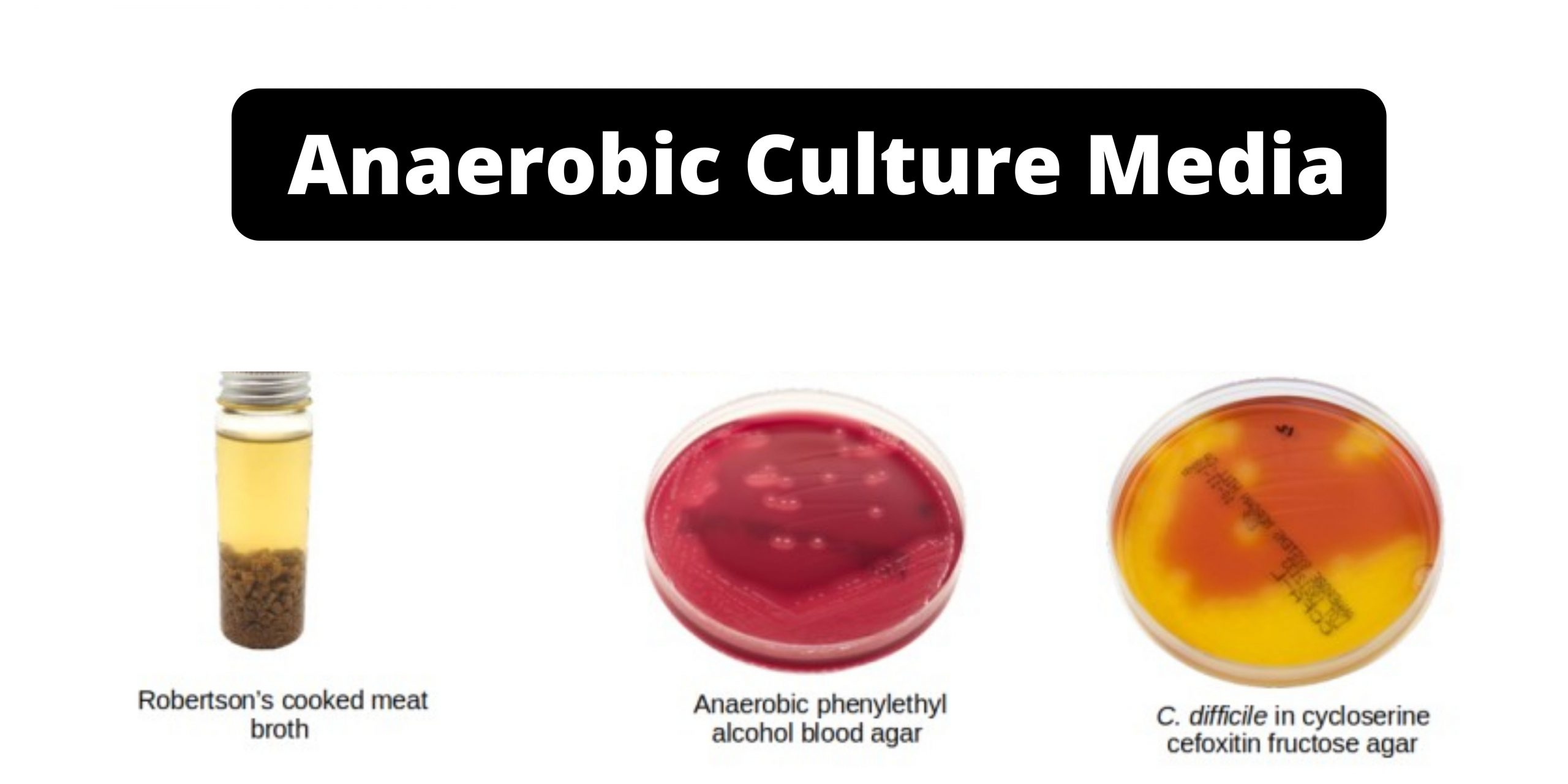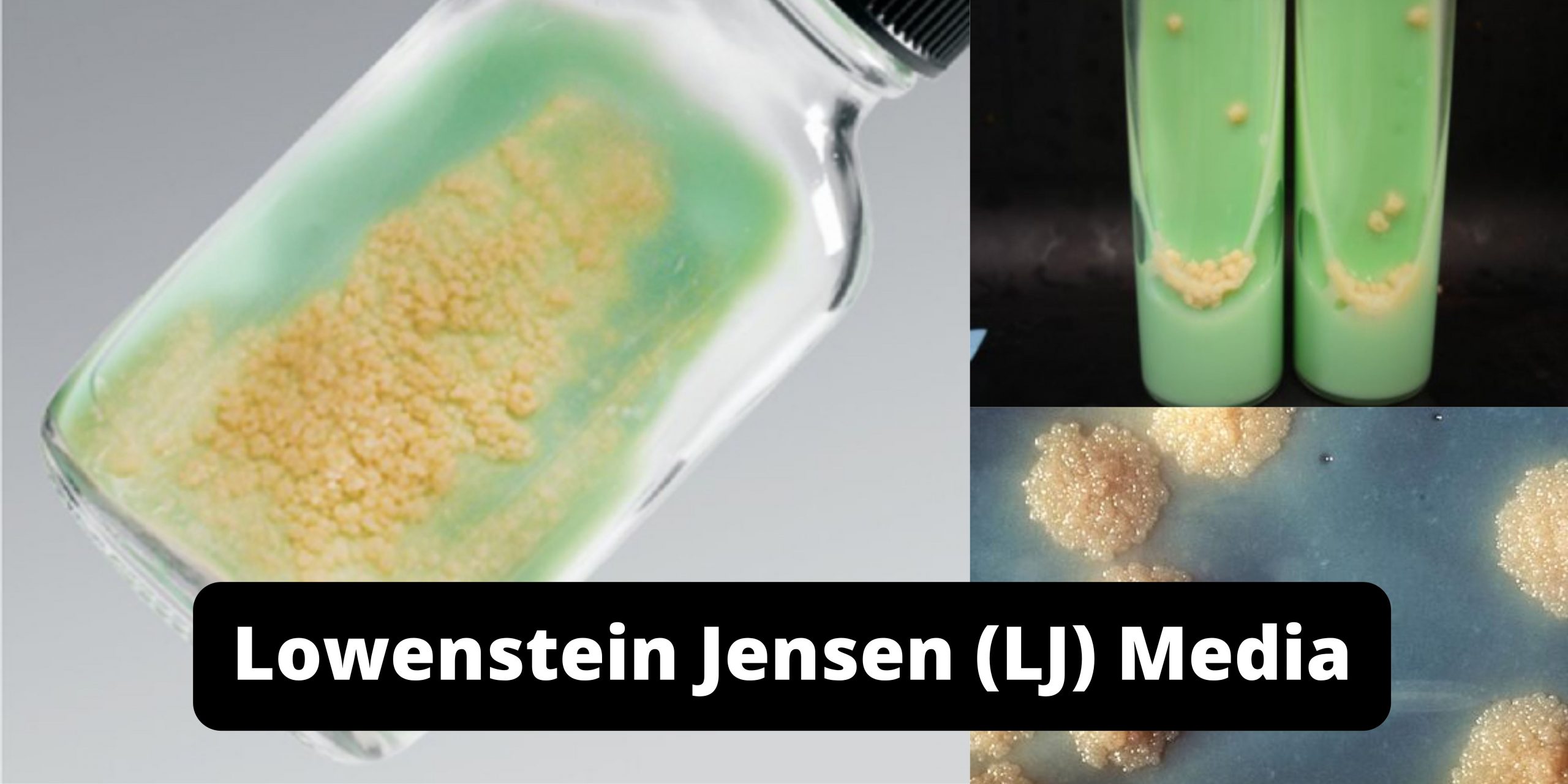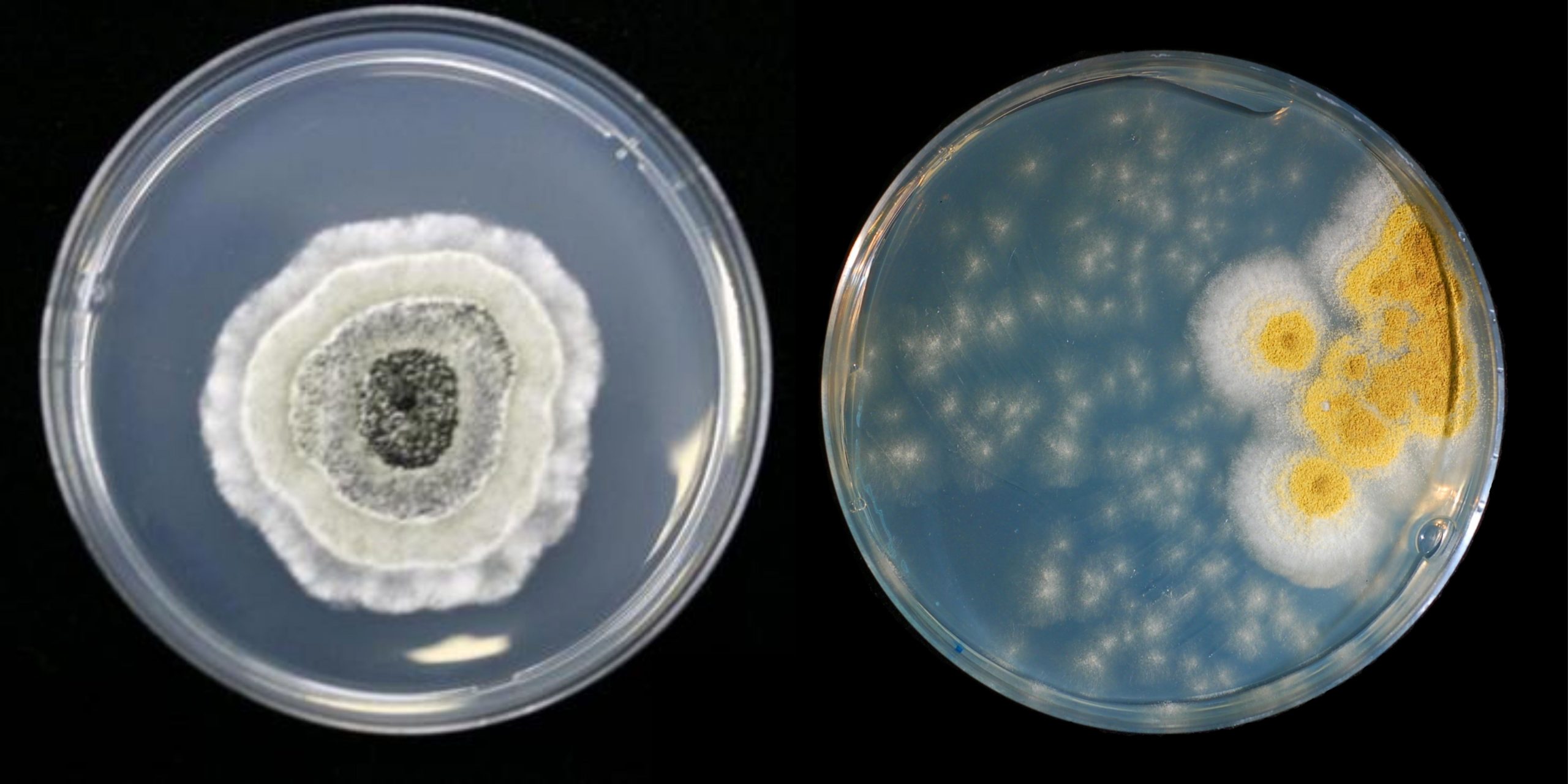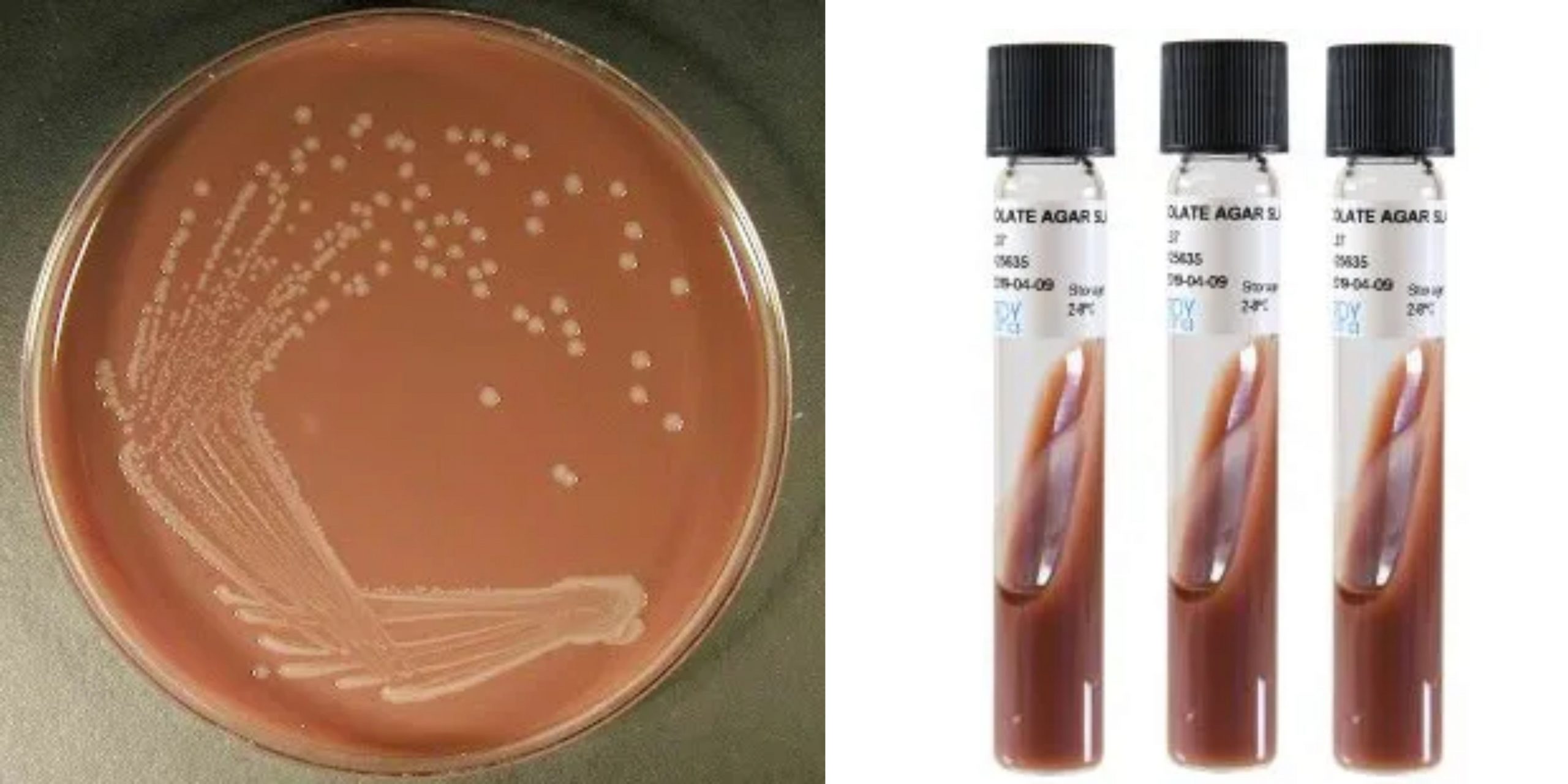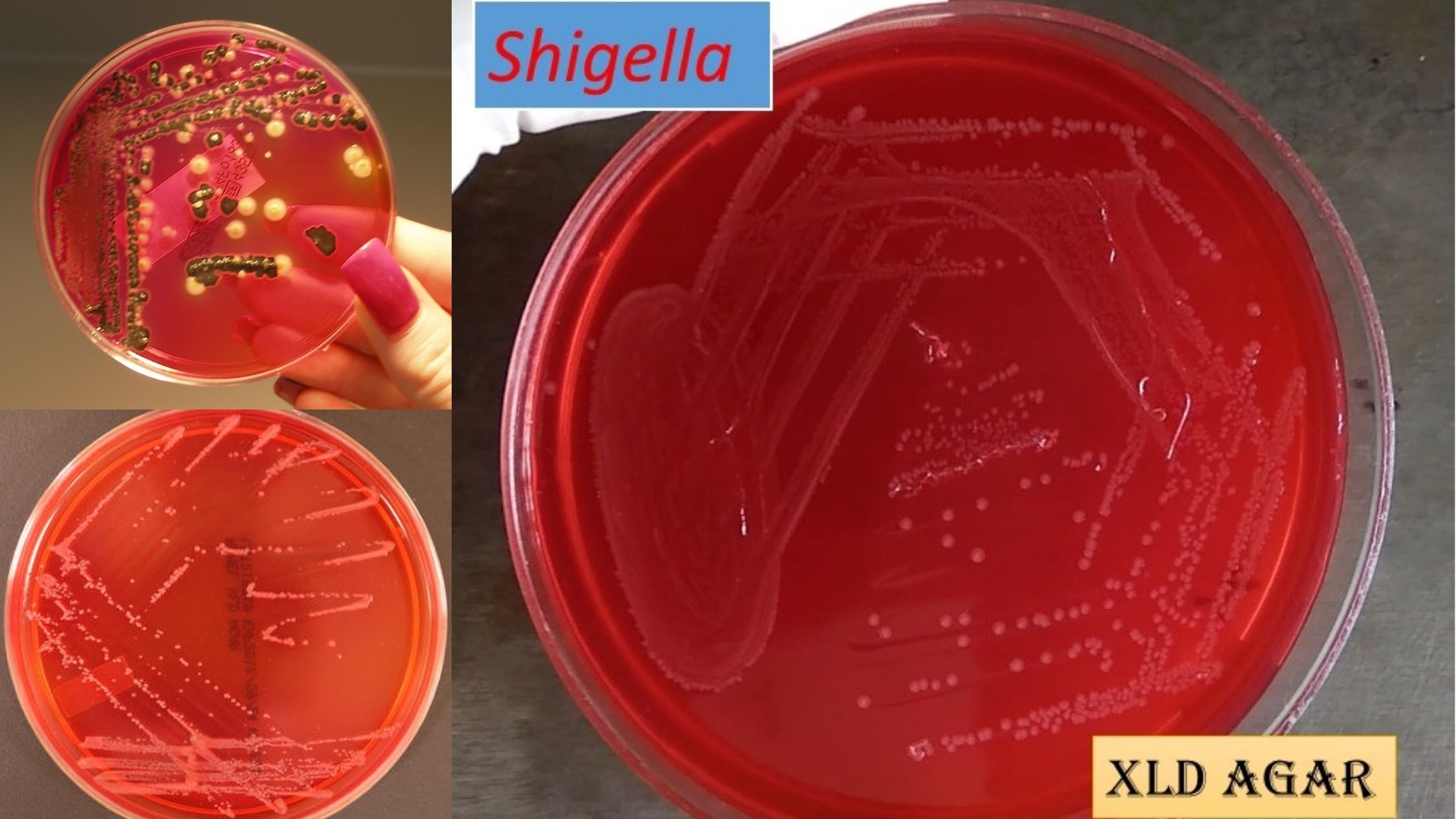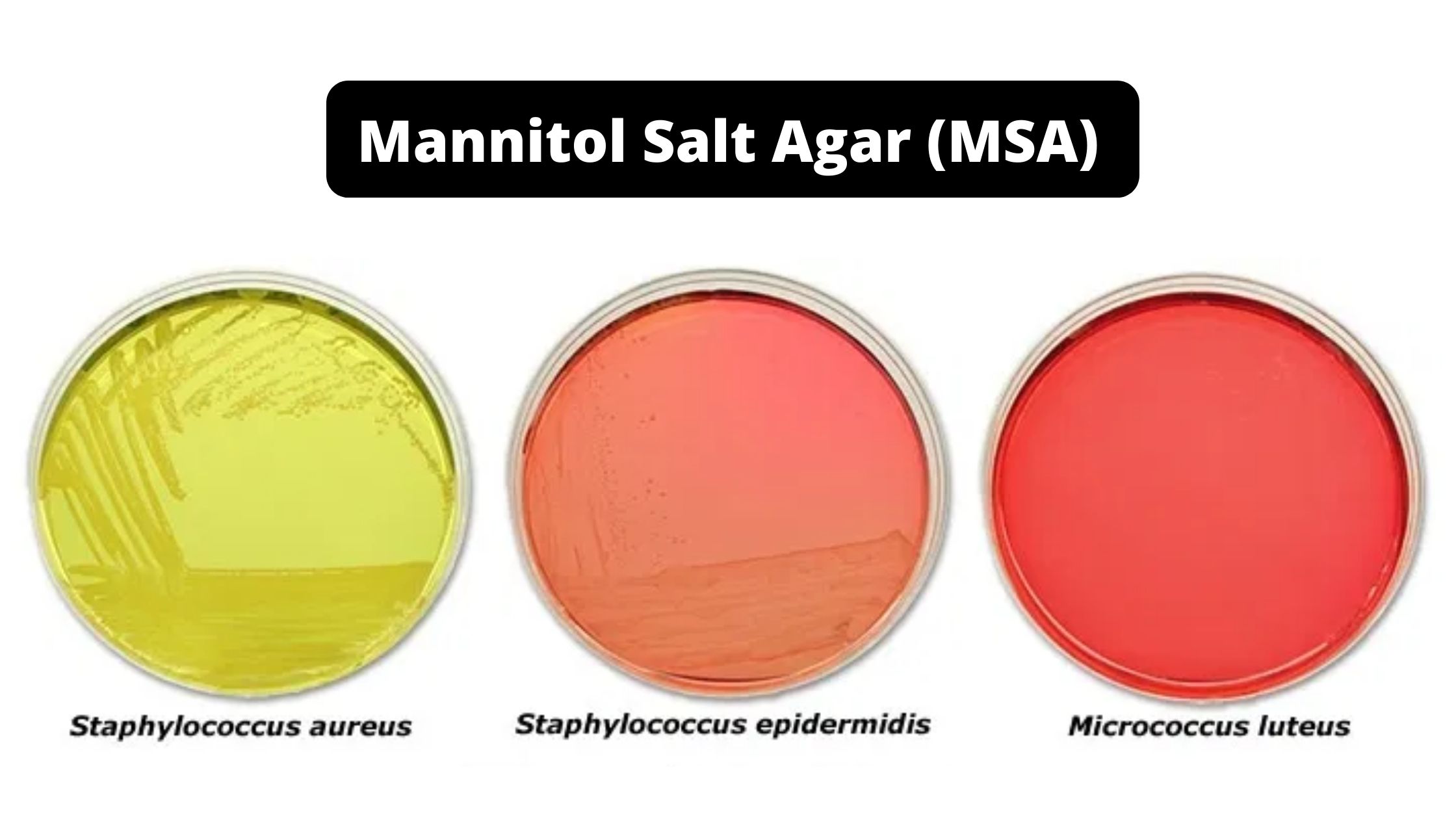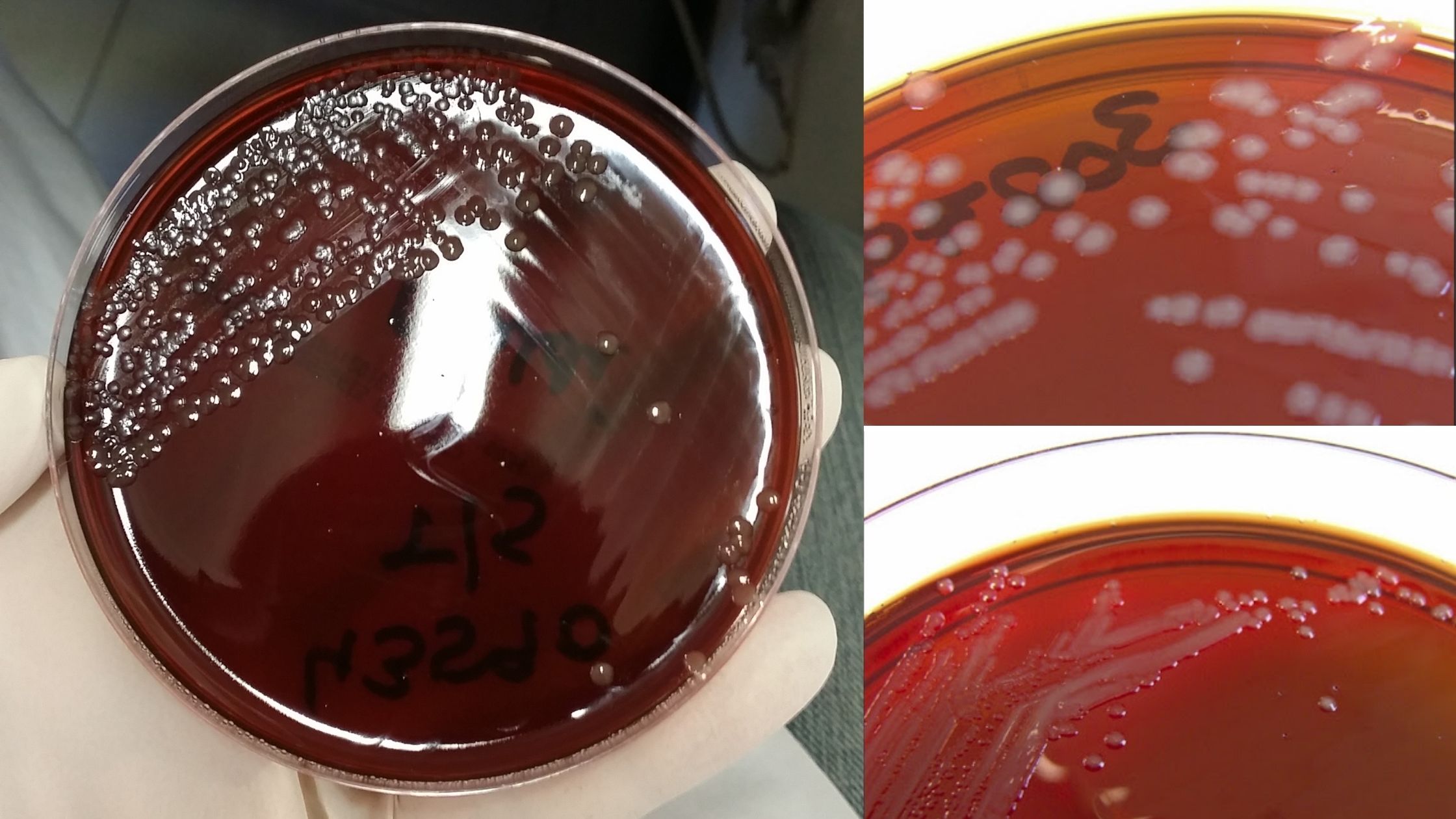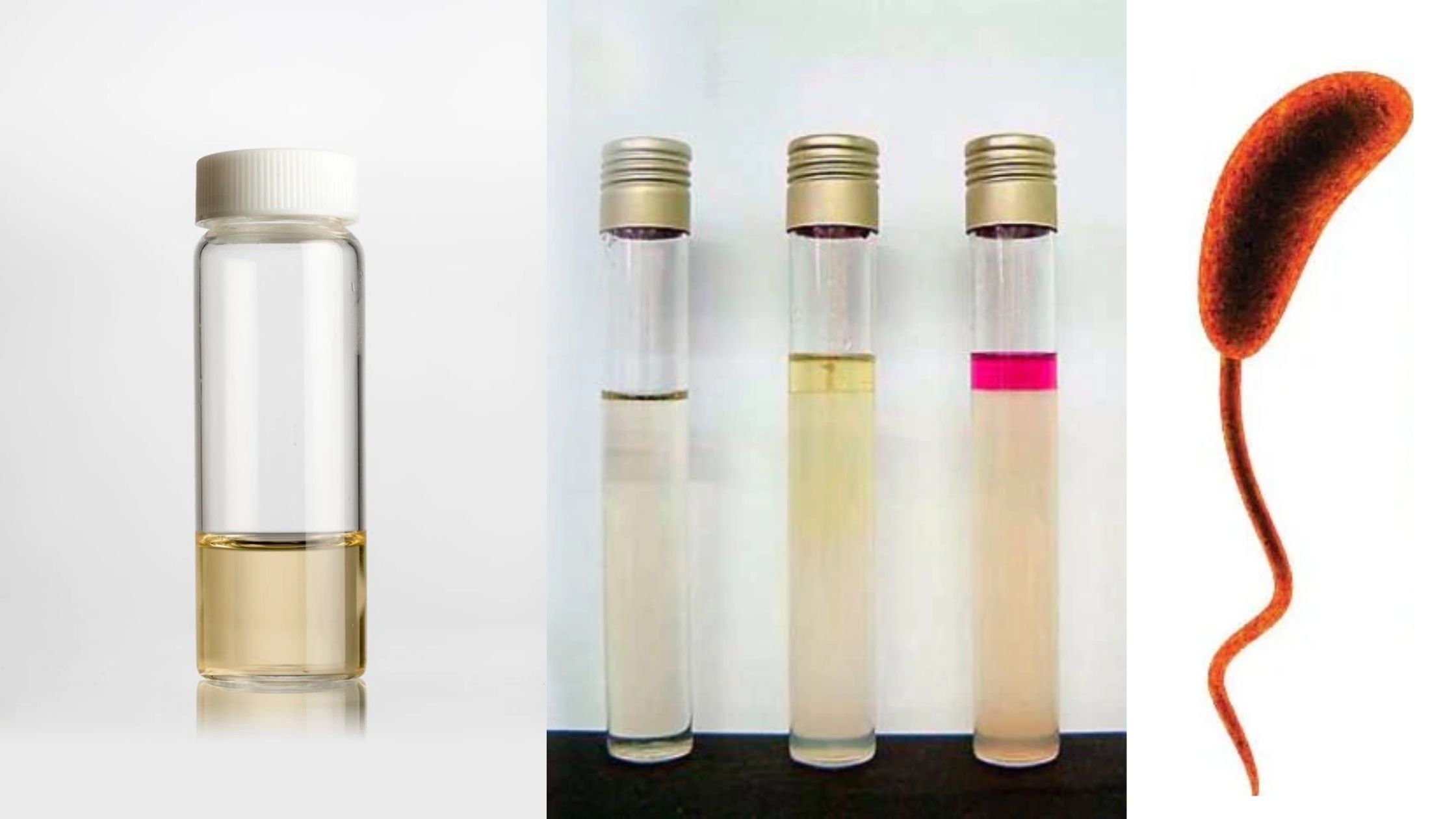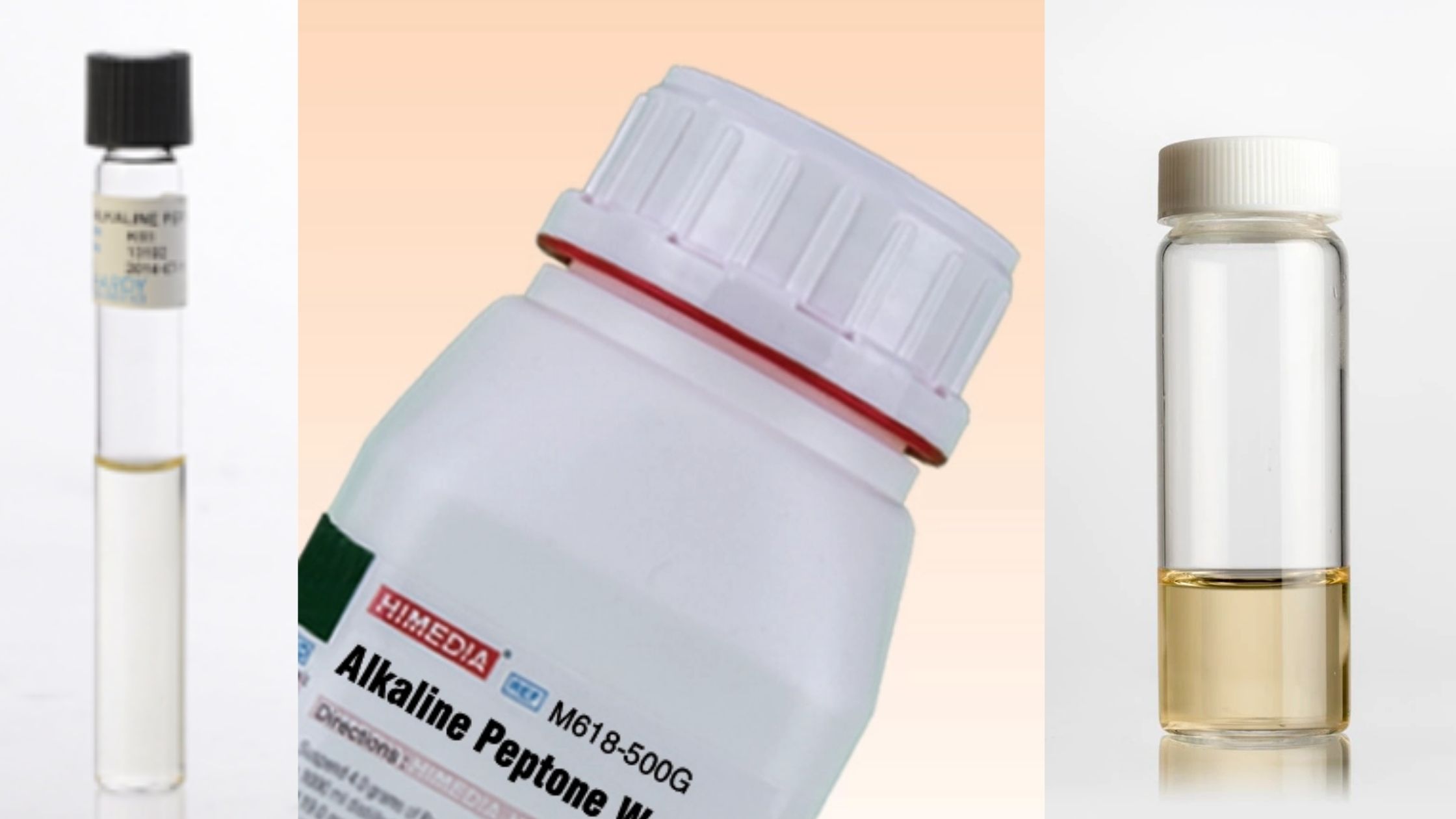Anaerobic Culture Media – Examples, Definition
Anaerobic Culture Media used in anaerobic bacteriology may be prepared in a fresh manner or bought from commercial vendors.
Media for anaerobic fermentation that is created in the laboratory should be used within two weeks after the time of preparation, as prolonged storage can degrade the quality of the medium due to peroxide accumulation and dehydration.
